HIPPIE

5 BEST MOVIES TO LEARN ABOUT THE HIPPIE ERA
5 Best Movies about the Hippie Era
Festival Express...
5 Best Movies about the Hippie Era
Festival Express
Footage of the historic concert that travelled around Canada, the reels for this film were lost soon after they were taped on in the 1970s. It was finally restored in 2003 after great restoration, and includes great footage of all the artists that were popular at the time, including Grateful Dead, Janis Joplin, The Band and Delaney & Bonnie & Friends. Undoubtedly a must watch for any music lover despite their musical inclinations, it captures not only the mad passion that engulfed America in the ‘60s and ‘70s, but also makes note of the excessive hedonism that did the rounds during that time.
Woodstock
The most definitive movie about the hippie culture, centered on the most important event of the 1960s: Woodstock – 3 Days of Peace and Music. This was the music festival that changed the face of music as it was known and impacted how it is viewed historically. This documentary showcases each and every minute detail, from all the glamorous bits with the musicians playing on stage (including artists like Jimi Hendrix, Joan Baez, The Who, etc.) down to the shocking ones like the arrival of National Guard helicopters with food and medical assistance for the massive crowd of 500,000 that had come to attend the festival.
A Walk on the Moon
This is the perfect movie to watch to get another perspective on the hippie culture of the 1960s. Starring Diane Lane and Viggo Mortensen, the plot revolves around Pearl Kantrowitz (played by Diane Lane), who is married to a TV repairman, and their family. Since Pearl had married at the age of 17, she feels imprisoned by the limits of her marital status and resents not having enjoyed her youth. While her husband is away, she is attracted to the new “Blouse Man” Walker Jerome (played by Viggo Mortensen), and what follows is a story of not only sexual liberation but of physical experimentation as well. Lane’s performance was highly appraised by the judges.
The Trip
Starring Peter Fonda and Susan Strasbourg, this was the first of the movies which tried to recreate an authentic LSD experience on screen. This is memorable not only for the script written by Jack Nicholson, but also for being a movie which captured a snapshot of late sixties Californian psychedelia. Besides, who knew Jack Nicholson ever wrote a screenplay for a hippie movie?
Hare Rama Hare Krishna
Perhaps the only Bollywood movie to directly mention the hippie movement and even make a hippie character, this is notable for several reasons, the most important being that it was an Indian interpretation of what was happening in the USA at that time. Zeenat Aman won several awards for her role as Jasbir, who later changes her name and becomes Janice. Asha Bhosle also won an award for the best playback singer for the song, “Dum Maaro Dum”, which has been stuck in our heads ever since the first time we heard it.
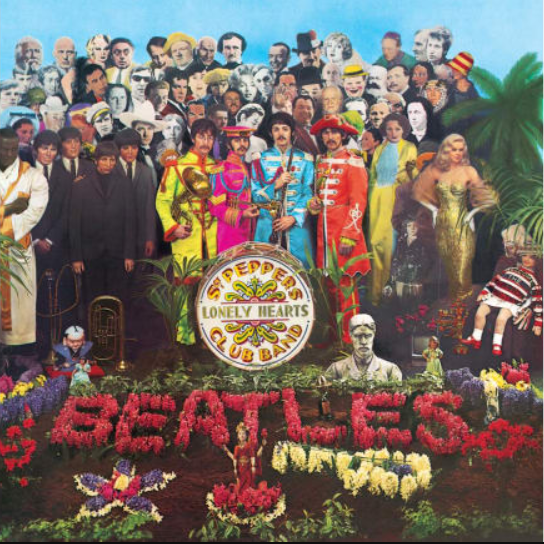
7 BEATLES SONGS ABOUT TRIPPING
Did you know one of the most influential bands of all time, the Beatles, wrote several songs about tripping? Heres a list of 7 such songs...
Did you know one of the most influential bands of all time, the Beatles, wrote several songs about tripping? Here’s a list of 7 such songs!
Lucy in the sky with Diamonds
First things first: Lucy in the Sky with Diamonds is from the album Sgt. Pepper’s Lonely Hearts Club Band—an album that the members have admitted was heavily influenced by LSD. The lyrics are quite visually striking (“the girl with kaleidoscope eyes”, for instance), and the first letters of its title form the word LSD as well. But Lennon has denied any influence of LSD in this song, saying that this was based on a drawing by his son. Maybe it’s just a convenient excuse.
With A Little Help From My Friends
Taken from the same album, this song was a great hit even though it was sung by Ringo Starr. There is also the iconic line which made this song popular: “I get by with a little help from my friends/ I get high with a little help from my friends”. The reference is quite obvious, isn’t it?
Day Tripper
This song, the popular B-side to the 1965 single “We Can Work It Out”, has been admitted by both writers Lennon and McCartney to be about recreational drug use. Lennon came up with the idea of punning on the word “day tripper”, and used it to imply not people who took day trips, but weekend hippies, rather.
She Said She Said
This song was inspired by the comments made by Peter Fonda, who said that he know what it was like to be dead. It happened during an LSD party, and Lennon was so moved by what Fonda said that he eventually turned it into a song. And might it just be added, that it was a good one.
Got To Get You Into My Life
A song off the 1966 album Revolver that Paul McCartney admitted that he had written for his then-discovered drug marijuana. In fact, he went so far as to call it “an ode to pot”. While that wasn’t particularly eloquent, the lyrics in the song were, and seems like a decent enough love song in its own right.
Magical Mystery Tour
It isn’t tough to imagine the kind of magical mystery tour they were singing to actually have happened in their time. This song makes barely veiled references to rolling their own cigarettes in the form of spliffs and blunts. In fact, McCartney himself commented the Magical Mystery tour was itself a kind of drug. Interesting, wouldn’t you say?
Happiness Is A Warm Gun
Paul McCartney and George Harrison’s favourite song off the White Album, this is again one of those songs that Lennon claims has nothing to do with drugs. But it is seems a tough thing to believe given the similarities that critics have found between the gun written in the lyrics and the hypodermic needle used to shoot up heroin. Another factor being the opening lines, allegedly taken from an acid trip that Lennon had with Derek Taylor. One might think the BBC had some basis in banning the song.

7 FACTS ABOUT LIGHTERS
1. One of the first lighters was invented by a man called John Wolfgang bereiner, in 1823. This lighter was called...
1. One of the first lighters was invented by a man called John Wolfgang Döbereiner, in 1823. This lighter was called Döbereiner’s Lamp. Since it was very cumbersome to use, it quickly fell out of production by the end of 19th Century.
2. Before the Döbereiner’s Lamp, the most common lighters were typically made with modified flintlock pistols with gunpowder in them.
3. It wasn’t until 1903, when Carl Auer Von Welsback patented Ferrocerium, a mixture of iron and cerium, that the modern lighter as we know it became possible. Cerium’s low ignition temperature made it simpler to create sparks.
4. The world’s first automatic lighter was launched in 1911, and it was fuelled by methanol or gasoline. It ignited at the push of a button.
5. Zippo lighters, first launched in 1932, didn’t get off to a flying start – their sales never picked up and the company had no reputation. But during the WW2, their fortunes changed, since these lighters worked in all weather conditions, and the soldiers favoured these lighters over others.
6. Before 1950, the most commonly used lighter fluid was Naptha. The most commonly used lighter fuel today is Butane, and it is preferred for its reduced odour and increased fire control.
7. The world’s first disposable lighters, called Round Stick, were released in 1965 by the Swiss company Swedish Match. They were called so because they were made from an oversupply of lipstick containers.
~
Now that you’ve read some fun facts about lighters, go here to see some lighters with brilliant design!
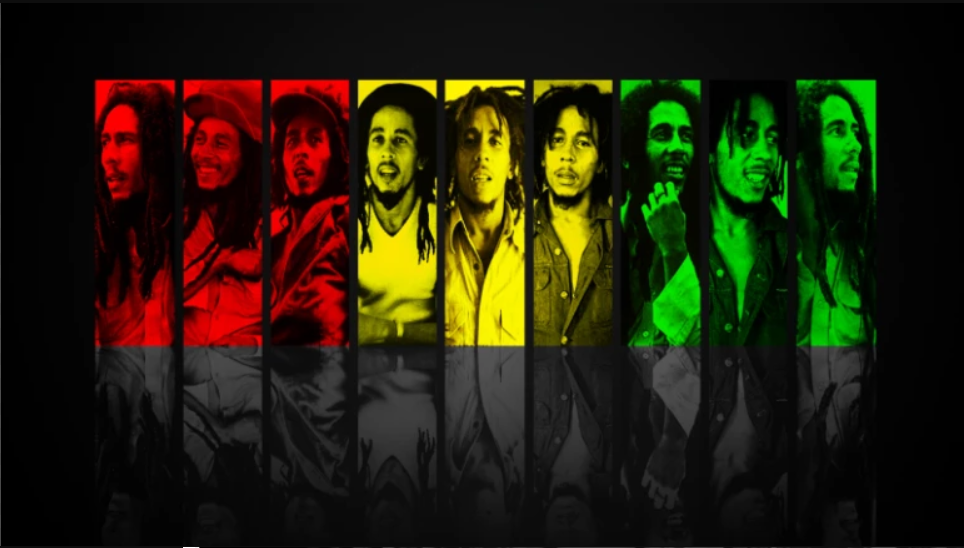
A COG IN THE WHEEL OF POPULAR CULTURE
Bob Dylan is not only memorable for his own contributions to the world of music, which considering the expansive scope of music he has released...
Bob Dylan is not only memorable for his own contributions to the world of music, which considering the expansive scope of music he has released and performed over the years, is veritable in its own right. Dylan is also important as a poet, singer and songwriter because all the influence his music has exerted, and because of everything that his own creations have led to the creation of. He was only a cog in the wheel of popular culture, and everything he did sprouted wings of its own and brought about its own consequences.Perhaps the most widely known of all the different images that Bob Dylan has had over the years is that of a lone singer, pale and almost sickly-looking, with a guitar slung over his shoulders and a harmonica adroitly placed on a frame, singing songs of peace and acceptance and tolerance. He recorded and performed several songs that would, in a very concise and controlled way, create a different future,nd consequently leave behind a different history.There were hits like “Blowin in the Wind”, “The Times They Are a-Changin”, and “Masters of War”, all of which became the centre of several protests professing peace over war, which served to create Bob Dylan, image as an anti-establishment personality. Although he would grow tired of politics later in his life, it was at the very beginning of his career that he took great pains to express his political views, and that is how he will forever be remembered.“The Lonesome Death of Hattie Carroll” and “Oxford Town” were blatant attacks on the racist subculture that had been festered around the time Dylan was playing. His songs have inspired several artists to create their own protest songs, sentiment that Dylan himself echoed when he denied playing at a concert where he was asked to change the lyrics of a certain song because it might offend religious sentiments. Sam Cooke, among others, wrote a song called “A Change is Gonna Come” taking his cue from Dylan; and the beat poet Allen Ginsberg was reduced to tears after he heard “A Hard Rain, A-Gonna Fall”. Such was the power of Dylan, voice, and his words.Dylan, contribution to music did not stop with his own output. In fact, it only began there. Dylan is probably one of the most covered artists still alive today, and it is no surprise that the artists that cover them become popular themselves, and in addition make Dylan just a bit more popular than he already is.The most popular proponent of Bob Dylan, song coverers is probably Jimi Hendrix, who in one fell swoop changed the way that Dylan was remembered, with his cover of All Along the Watchtower. No longer was Dylan just a mellow-guitar strumming, soulful singer with a jagged voice and that seemingly Southern drawl in his voice. Hendrix had turned him into this unimaginable and untamable monster with his guitar chops and little trills and ferocious bends. Even Dylan himself acknowledged that Hendrix, version was by far the more definitive.And it didn’t end there, obviously. The list of artists who covered Dylan is longer than the number of albums he, released himself (a pretty substantial list in itself). Plus, it didn’t stop at a certain period of time. Dylan has been covered ever since his own day, by bands like The Byrds, Simon and Garfunkel, The Beach Boys, his once girlfriend Joan Baez, to bands in the next couple of decades or so, including Guns N” Roses, Phil Collins and Bruce Springsteen. In fact, contemporary artists today continue to cover Bob Dylan some of these artists include Coldplay, Beck, and the White Stripes.Clearly, Bob Dylan, legacy is going to last a long, long time. Even if the times they are a-changin”.
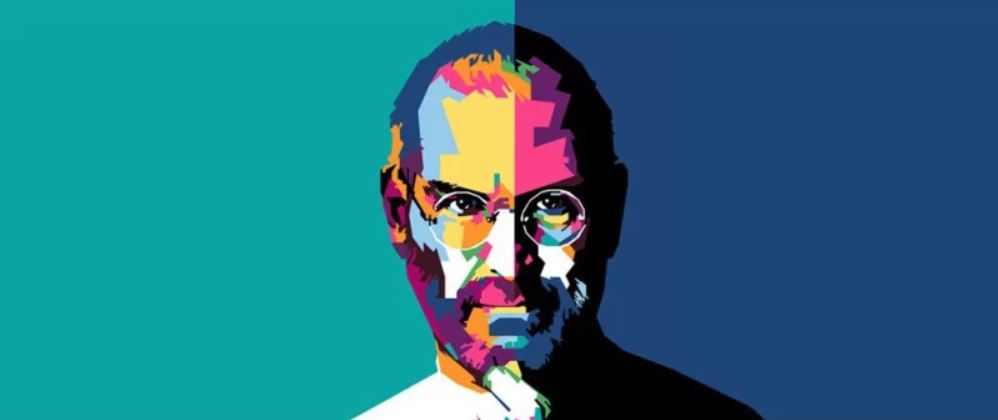
A LIFE IN FACTS: STEVE JOBS
He was adopted. When one day he asked his home parents whether they got him because his biological parents didnt love him...
He was adopted. When one day he asked his home parents whether they got him because his biological parents didn’t love him, they said, “We specifically picked you”.Â
He believed in God till he was 13. When one Sunday he asked the church pastor if God knew about the children dying in Africa, and the pastor said yes. He couldn’t believe in a god like this, Jobs said.
The only real fight he ever got in with his dad was about smoking marijuana. He had discovered drugs in Jobs’ car and tried to promise him to quit it, but Jobs promptly refused him.
He took creative writing classes back in junior school. He read Shakespeare and Moby Dick. We all know nothing really came out of those classes.
He threatened his parents into letting him join Reed College in Portland, Oregon. The fees was $3,950 (about $21,400 today), and it was more than their parents could afford. However, he dropped out of it after his first semester.
He took calligraphy classes after dropping out, and this would later make a huge impact on his executive decisions in his time at Apple. He would include more fonts in the Macintosh, released in 1984, as a result of this.
Jobs experimented with many different fruits-and-vegetables diets. Often he would eat nothing else but carrots. He also forced his friends to stop eating many foods, including bagels as well as cereal.
He came up with the name “Apple Computers” as he had recently returned from a job at the All One Farm commune, and had spent most of his days eating apples.
He and his high school girlfriend Chrisann Brennan had a daughter called Lisa, but Jobs never took her seriously and neglected her for most of his life. He later named one of Apple, computers after her.
He had irregular bathing habits up until 1977, when he was 22 years old. When Apple II was launching, Steve Jobs wore a suit for the first time, and finally took a bath after years. He never bathed because he thought his fruits-and-vegetables diet sufficed in keeping him clean.
He has a biological sister, and he found out about her in mid-1980 with the help of a detective he was using to track his biological parents. Her name is Mona Simpson, and she is a novelist. She has even written a book about him called The Regular Guy.
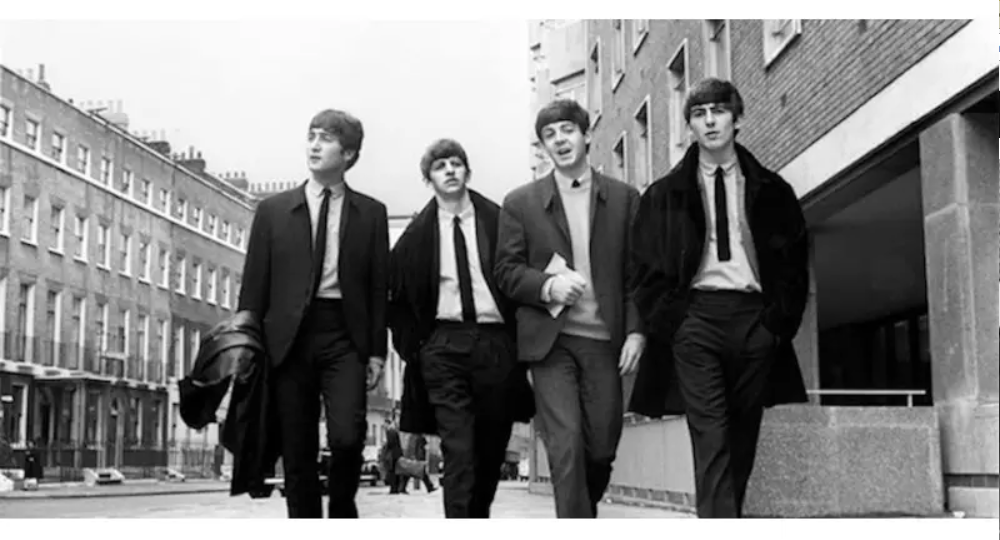
BOB DYLAN
Bob Dylan singer and song writer is recognized well for his impact on rock music, since his career in music began 1960s, and he has maintained his popularity among his fans and critics over the decades.
Bob Dylan singer and song writer is recognized well for his impact on rock music, since his career in music began 1960’s, and he has maintained his popularity among his fans and critics over the decades. His candid lyrics revealed a stance on authority, politics, and social norms that prevailed in 1960’s in America. Dylan was born on May 24, 1941 in Duluth. He began writing poems at the age of ten and as a child he taught himself to play piano and guitar. He appreciated a wide variety of music from country to rock n’ roll, and admired the works of Elvis Presley, Hank Williams and Little Richard. Bob Dylan was a different in himself, moving forward we bring some unknown facts about him that we bet you were not aware of,
At the age of 20 Dylan signed Columbia Records. Because he was legally a minor his parent’s signature was required in the contract as well. He didn’t want that so anyhow he convinced John Hammond that he was an orphan.
It was Dylan who first introduced The Beatles to marijuana on, August 1964 at New York’s Delmonico Hotel.
Dylan’s first professional recording was done as a Harmonica player at Harry Belafonte Session.
In 2004 Dylan earned himself an Honorary Doctorate in music from St. Andrews University.
After Elvis died, Dylan didn’t speak to anyone for one week.
Bob Dylan and his protest for the Hippies In early 60’s Dylan transformed folk music into protestant music with tunes like ‘Blowin’ in the Wind’ these songs influenced everyone who calls himself a musician the whole generation was affected. It was like the Pre Raphaelite period where art took place for the sake of art. And here Dylan represented the hippies with his art of music. Dylan through his music and songs became a great factor in the revolution of thousands of people. He may not be the reason of the ideologies behind the movements of that time but he gave the emotional drive in those movements. His footprints were so impressionable that the whole generation followed him. Dylan became the catalyst for the cultural change.
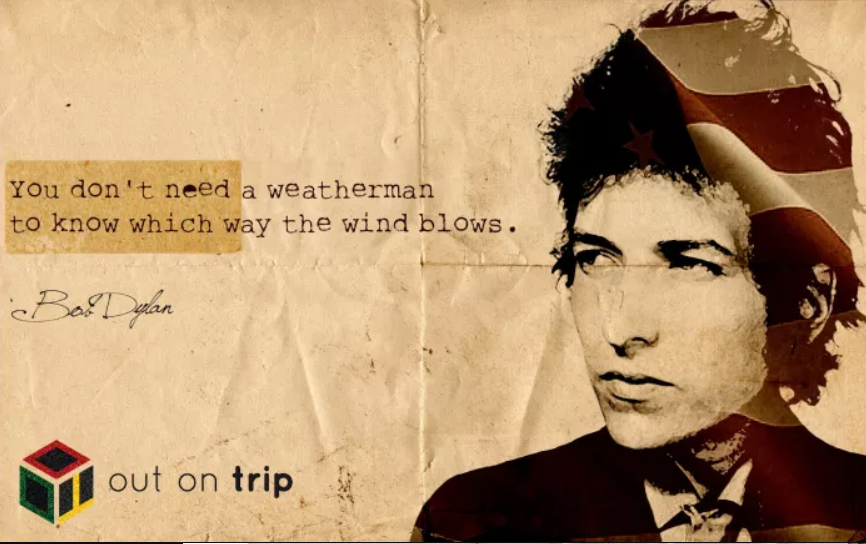
BOB DYLAN, THE PLAGIARIST
There are many things that Bob Dylan is accused of being. horrible singer is at the top of the list, perhaps. musician with no musicality...
There are many things that Bob Dylan is accused of being. horrible singer is at the top of the list, perhaps. musician with no musicality follows soon after, and the next bullet point in an unending list of complaints is plagiarist .All these supposed grievances can be handled in various ways, ranging from single phrases to multiple paragraphs. And for the most part, most of these complaints seem to be enunciated by those who cannot tolerate Dylan, success, or are simply too pedantic about how music should be, and how songs should be sung. There is one accusation, however, that gives itself to be delved into, and that is the one which calls him a plagiarist.In the course of his career, Dylan, songs have often been criticized to have been “lifted  from other songs, in terms of melody. One notable instance of this was the song Blowin in the Wind , which almost instantly upon release, became the anthem of the peace rallies in the 60s. It was the folk singer Pete Seeger who had accurately identified the song as a reworking of an old Negro spiritual ( spirituals were religious songs created by so-called Negroes) called “No More Auction Block Â. The song had originated in Canada, and was believed to have been sung by former slaves who had emigrated there after the abolition of slavery in 1833.Dylan, however, was never legally charged with copyright infringement, since Negro spirituals were not considered to be an individual, (or for that matter, a group,) intellectual property. Several songs throughout the rest of Dylan, career would receive the same treatment,lways spoken about as “lifted  or “ripped off Â, but never actually legally charged with plagiarism. All this changed with his 2001 album “Love and Theft Â.Several lines were identified from Dylan, songs that had been taken verbatim from the English translation of Dr. Junichi Saga, 1991 gangster memoir Confessions of a Yakuza. Dylan himself admitted to doing this later, and when Junichi Saga himself found out about this, he said he wasn’t disappointed, but rather he was honored that Dylan had been inspired by his words.In his 2006 album Modern Times, several instances were again found that linked his lyrics to those of other writers, including the 19 Century poet Henry Timrod, and the 1 Century Roman poet Ovid. While a history of Dylan, method of songwriting is well known, the only issue was that a line in the liner notes read “All songs written by Bob Dylan Â.Dylan has himself commented on this issue saying he picks up from various sources while he writes his songs. For him it was a non-issue, and it didn’t matter where he picked up lines from as long as he wanted to sing it, he would sing it.The problem is this: we are now living in a culture where originality is given more value than expression. This is a stark contrast from how older cultures valued the arts. A simple instance to prove this, without going into too much detail is that of Shakespeare.Almost none of Shakespeare, plays were original. Each had a different source from which it borrowed and built upon. One of the most remembered of his plays, Romeo and Juliet , was actually “ripped off  yes, that term is accurate from an older story by Ovid, called Pyramus and Thisbe. But does that mean Romeo and Juliet is not a good play? Does it mean Shakespeare was a worthless playwright?No, it doesn t. It just means that with the passing of time we have come to view originality as a commodity in itself. The reason originality is an important commodity is because it can be sold but let, not go into Capitalism.Dylan himself came from a tradition of folk music where it was not a crime to sing other people, songs. It was also perhaps because everybody was singing everybody else, songs, and it really was too tough to pin-point which song was whose originally.The most accurate way to describe Dylan, methodology regarding song writing is using the word “pastiche, which itself is defined as a kind of artistic work that imitates other artistic works, or uses selections from them. It becomes simpler to view Dylan, songs asnot only his own songs, but a collection of little parts of other people, works also.And if you still think Dylan was a plagiarist, remember that Shakespeare was a plagiarist too.
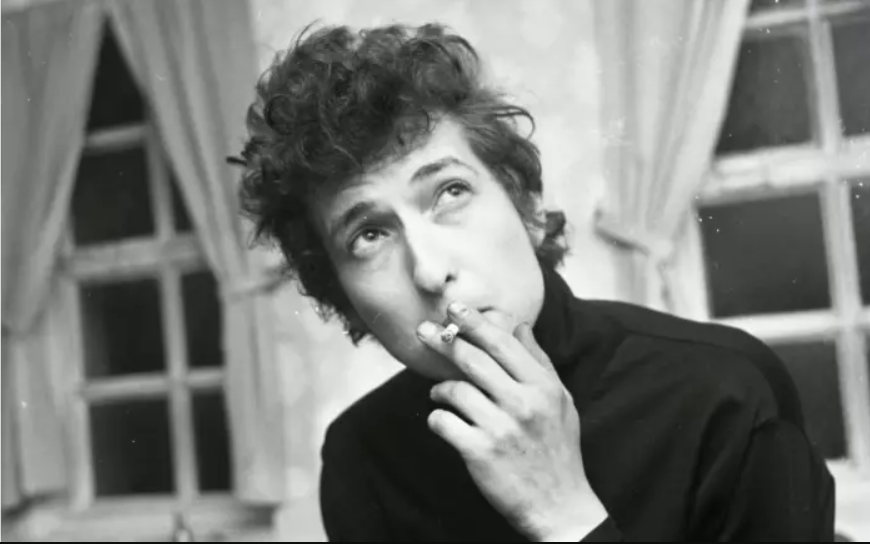
BOB DYLAN: A (BRIEF) TIMELINE
Bob Dylan was born Andrew Robert Zimmerman, on 24 May, 1941, and he never officially changed his name. After he enrolled in college...
Bob Dylan was born Andrew Robert Zimmerman, on 24 May, 1941, and he never officially changed his name. After he enrolled in college and started performing at coffeehouses, he started introducing himself as Bob Dylan, and the name stuck. This was in 1959, and for a brief time before that he even went by Elston Gunnn.He dropped out of college in 1960 , and in 1961 he moved to New York and went to visit his idol Woody Guthrie in the hospital, who was admitted there for Huntington's disease. He wanted to be Guthrie's greatest disciple ever.He received public recognition after a review of one of his shows was published in The New York Times, and released his first album Bob Dylan in 1962 and legally changed his name to Robert Dylan.In 1963, He and Joan Baez became lovers ; The Times They Are a-Changin' was released and the world gets to see a more observant as well as a more cynical Bob Dylan. He and Joan Baez would often play on stage together, and this would take Dylan's music to a wider audience. They became forerunners of the civil rights movement and played songs that were later clubbed together as "protest songs".Another Side of Bob Dylan was released in 1964. This marked Dylan's departure from his so-far signature political style, and included lighter songs, some of which were on the humorous side, and some of which were love songs.His first album recorded with electric instruments, Bringing It All Back Home was released in 1965, and included lyrics of a more free-flowing variety. His inspiration for this album included the beat poets, including one of his friends, Allen Ginsberg. This album was widely criticized by the folk music establishment for going away from his folk roots, as well as by his more political critics, admonishing him from not sticking to his political roots. This is the year he and Joan Baez end their two-year long relationship.He was in a motorcycle accident in 1966, right after the release of his album Blonde on Blonde. After this Dylan entered a severely introspective phase. He worked released two albums, both of which were released to great critical and commercial acclaim: John Wesley Harding (1967) and Nashville Skyline (1969). During this time he declined from performing in concerts, even refusing to perform at Woodstock.Two albums were released in 1970--Self Portrait and New Morning . While critics thought that Self Portrait was garbage, they thought New Morning was a return to Dylan's old and highly prosperous form.In 1971, Tarantula is published , a collection of prose-poems that Dylan never originally intended to be published as a book.Dylan resumes touring in 1973 , and has been touring ever since. He has even gone on to tour every year since 1988, and it has been dubbed as The Never Ending Tour.
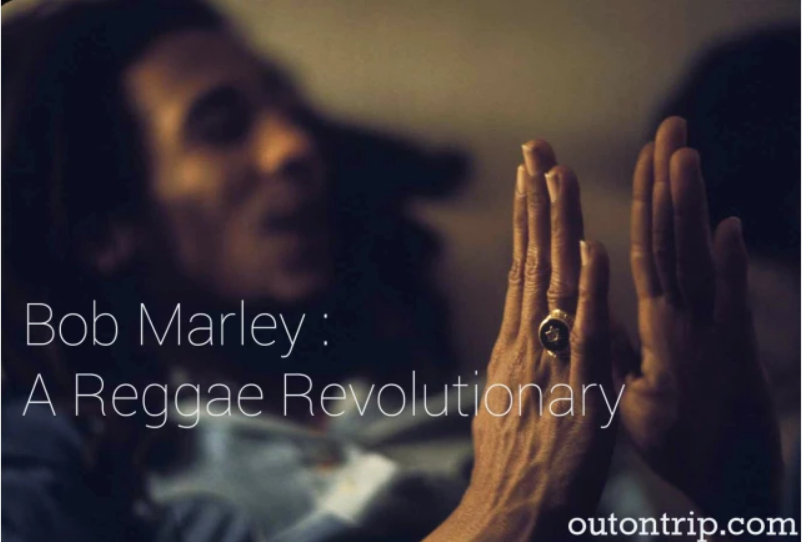
BOB MARLEY'S PUBLIC HAIRCUTTING CEREMONY
Among the people who have actually paid attention to Bob Marley, music, it is no secret that a lot of it dealt with suppressed people who had no voices...
Among the people who have actually paid attention to Bob Marley, music, it is no secret that a lot of it dealt with suppressed people who had no voices. Marley wanted to not only make music that sounded beautiful, he also wanted to write lyrics that were meaningful. And perhaps as a result of this, most of his songs have a political underpinning, which paradoxically enough, is in a certain sense, apolitical.To understand this aspect of his music, we need to go no further than his hometown: Kingston, Jamaica. Here the political environment was usually really tense. Jamaica had 2 parties: The People, National Party (PNP) and the Jamaica Labour Party (JLP), and these parties often had conflicting programs for managing the economy. In several instances the parties had resorted to violence in opposing each other; throughout the 1970s and 1980s, both parties aligned themselves with rival gun gangs and fought their political battles in the streets, fight they did not mind carrying into the polling booths. What Marley was trying to achieve through his music was to both console the people that everything is going to be fine, as well as urge them to take action.This was his biggest paradox, and it has continued through the years in the way that he is portrayed in public media.What we find today is a Bob Marley no longer represents the interests of the minority, who no longer reveals the hypocritical ways in which the government works. He rather appears, as proliferation of images have made him appear, as a person who just professes unconditional calmness and believes that smoking marijuana is the way to live life. There is something seriously wrong with the way it represents Marley, apparently primary concerns. These were in fact not his primary concerns at all.He believed in an equal world for all people. He even went so far as to say that he wasn‘t on the side of the blacks, neither on the side of the whites, but that he was on the side of God. One of his albums, Survival even had an outwardly militant theme: there was no mistaking that what he was singing in his songs was about indeed a Pan-African identity, a concept heavily against the status-quo of the time, and one that wouldn’t gain traction easily.And as regards his marijuana usage yes, it is true that he did smoke it frequently, but that was in accordance with his religious practices. He believed in the healing powers of the plant, and believed that it is something that should be legalized and available for all. It should be noted how Marley himself was never negatively affected by the use of the drug: he famously said, when you smoke the herb, it reveals you to yourself. ÂHis marijuana habit really must have revealed himself to him, and as a result of it he went on to become the great musician that he is now today revered as.It is quite saddening to realize how a majority of popular culture surrounding Bob Marley is hinged on two essential factors: first, his excessive use of marijuana; and second, on him being a peace-loving, passive sort of person.But Marley was both these things and much more. He did use marijuana, but only in so far as it broadened his intellectual horizons, never to impede them. He was a peace-loving person, but believed that equality is a right, and that if it is not readily available, it should be fought for, and it should be fought for hard. He even said "It's better to die fighting for freedom then be a prisoner all the days of your life." But this quote was quickly forgotten, receiving almost no media attention compared to the ones that involved marijuana--since it is a saleable product, and freedom, unfortunately, is not.Nobody seems to mention these things anymore. They really should: Bob Marley was one of the most influential musicians to have made an impact in the world for a reason. And the fact that time is slowly adding layers and layers of dust through commercialization, publicity, and brainwashing, to his rich and complex history is perhaps the saddest thing for a Bob Marley fan.You could think of it as an extended public haircutting ceremony where it was in his religion to never cut a strand of his hair.
